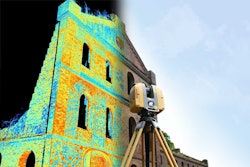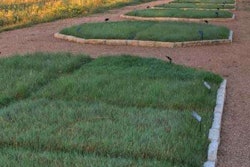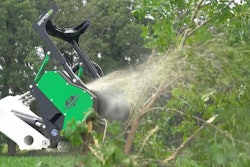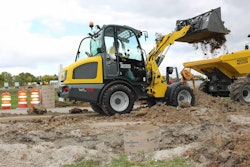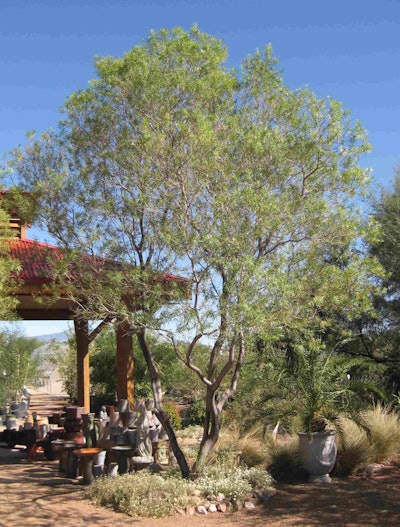 Native plants such as this Timeless Beauty Desert Willow are defined as vegetation that has adapted to a certain region’s soil, temperatures and rainfall.
Native plants such as this Timeless Beauty Desert Willow are defined as vegetation that has adapted to a certain region’s soil, temperatures and rainfall.Photo: Doreen Wynja for Monrovia
Native plants are experiencing a surge in popularity. But what does “native” really mean?
“There’s a lot of confusion about the term,” says Andrea DeLong-Amaya, director of horticulture at Lady Bird Johnson Wildflower Center at the University of Texas at Austin. “In shorthand, it’s a plant that occurs where it evolved, without human intervention.”
Native plants are adapted to the region’s soil, temperatures and rainfall, so they’re usually not fussy once established.
“The main reason people have become more interested in native plants is for water conservation,” says DeLong-Amaya. “In addition, they require little fertilizer. They also attract and provide shelter for native pollinators and wildlife, drawing more diverse species.” They’re ideal in settings such as a rain garden.
On one hand, some horticultural purists say that the only true natives are plants that grew in North America prior to European colonization. But other experts say going native doesn’t require such a strict definition and that cultivars, which are selected and bred for specific characteristics such as color, improved disease resistance, or size, are acceptable landscape options.
Designing with natives is not an all-or-nothing proposition. Natives can be incorporated into existing landscapes, as well as into new beds. “These plants work in any setting, traditional or informal,” says DeLong-Amaya. “People often categorically dismiss natives because they think they’re messy or maintenance-heavy, but good design and some maintenance are what makes a garden look like a garden.”
To learn about your region’s native plants, visit botanical gardens and arboretums, look for native plant societies that offer workshops, or partner with a landscape architect who specializes in natives. Many nurseries and gardens also offer catalogues for research. Or consider a few of these options for your next design:
FLOWERING PLANTS
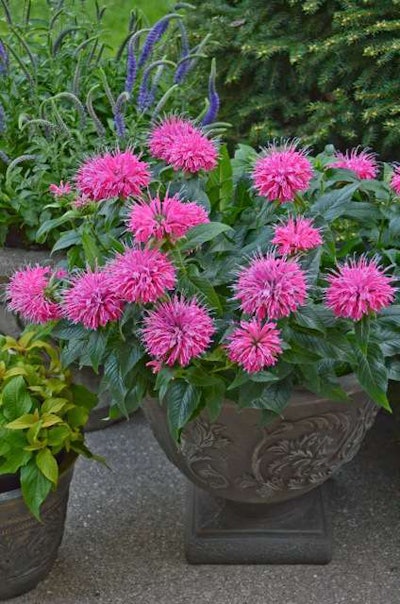 Bee Balm ‘Pardon My Pink’
Bee Balm ‘Pardon My Pink’Photo: Proven Winners
Bee Balm “Pardon My Pink” (‘Pardon My Pink’ Monarda didyma PP 24244)
Bright pink flowers work well in the front of mixed borders. Mildew resistant selection. Grows 10-12 inches tall and wide.
Part sun to sun.
Hardy to USDA zone 4
___________________________________________________________________________________
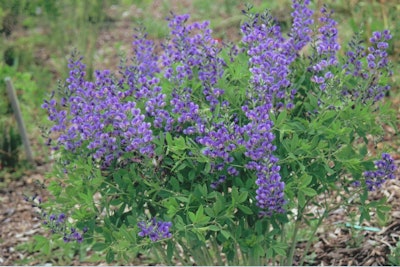 False Indigo Decadence ‘Blueberry Sundae’
False Indigo Decadence ‘Blueberry Sundae’Photo: Proven Winners
False Indigo Decadence “Blueberry Sundae” (False indigo Baptisia hybrid PP 23891)
Vibrant blue spikes atop mounded blue-green plants. Drought tolerant and adaptable to poor soil. Decorative fall seed pods. New “Decadence” series offers many other colors, including maroon, yellow and pink. Deer resistant. Grows 30-36 inches tall and wide.
Part sun to sun
Hardy to USDA zone 4
___________________________________________________________________________________
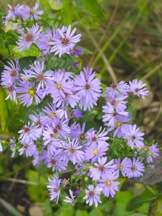 Smooth Aster
Smooth AsterPhoto: American Beauties Native Plants
Smooth Aster (Symphyotrichum laeve ‘Bluebird’)
Tall, vase-shaped blue flower fills in mixed borders. Drought tolerant. Attracts butterflies. Grows 36-48 inches tall, 24-30 inches wide.
Full sun
Hardy to USDA zone 3
___________________________________________________________________________________
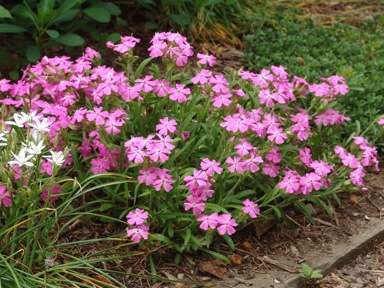 Wild Pinks ‘Short and Sweet’
Wild Pinks ‘Short and Sweet’Photo: American Beauties Native Plants
Wild Pinks (Silene caroliniana ‘Short and Sweet’)
Blooms bright pink in late spring; alternative to dianthus. Blooms in sun or shade, though less profuse blooms in shade. Attracts hummingbirds and butterflies. Grows 6 to 8 inches tall, 10-15 inches wide.
Shade or sun
Hard to USDA zone 4
___________________________________________________________________________________
GROUNDCOVERS
 Cranesbill ‘Espresso’
Cranesbill ‘Espresso’Photo: American Beauties Native Plants
Cranesbill (Geranium maculatum ‘Espresso’)
Hardy plant with attractive red-brown foliage and pale pinkish-purple flowers in spring. Spreads relatively quickly. Nice mounded shape. Grows 12-15 inches tall and 18-24 inches wide.
Part shade
Hardy to USDA zone 3
___________________________________________________________________________________
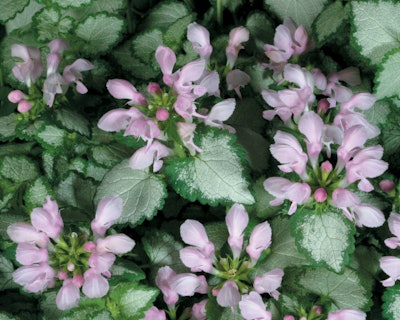 Pink Chablis ‘Dead Nettle’
Pink Chablis ‘Dead Nettle’Photo: Proven Winners
Pink Chablis Dead Nettle (Lamium maculatum ‘Checkin’ PP 17925)
Silvery green with pink flowers, creeps along and makes a pretty groundcover. Also works in containers. Adaptable, cold-hardy and drought tolerant. No deadheading needed. Grows 8-12 inches tall, trailing to 24 inches.
Sun or shade
Hardy to USDA zone 4
___________________________________________________________________________________
 Tucson Sun Sundrop
Tucson Sun SundropPhoto: American Beauties Native Plants
Tucson Sun Sundrop (Calyophus berlandieri ‘Tucson Sun’)
Fast growing shrubby but tidy habit. Flowers from spring through summer. Buttercup-shaped flowers open yellow and fade to orange and pink. Attracts butterflies. Grows 12 inches tall, 2-3 feet wide.
Sun to part shade
Hardy to USDA zone 7
___________________________________________________________________________________
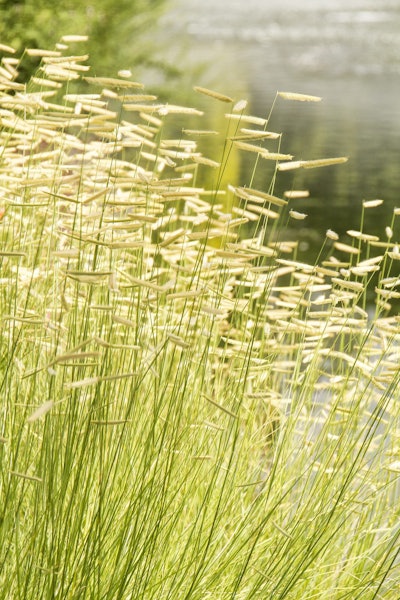 Blond Ambition Blue Grama Grass
Blond Ambition Blue Grama GrassPhoto: Doreen Wynja for Monrovia
Blonde Ambition Blue Grama Grass (Bouteloua gracilis ‘Blonde Ambition’ PP 22048)
Rugged blue-green clumping foliage with flag-like flowers and golden seedheads. Plant en masse as a drought-tolerant turf substitute. Grows 36 inches tall and wide.
Part to full sun
Hardy to USDA zone 5
___________________________________________________________________________________
SHRUBS
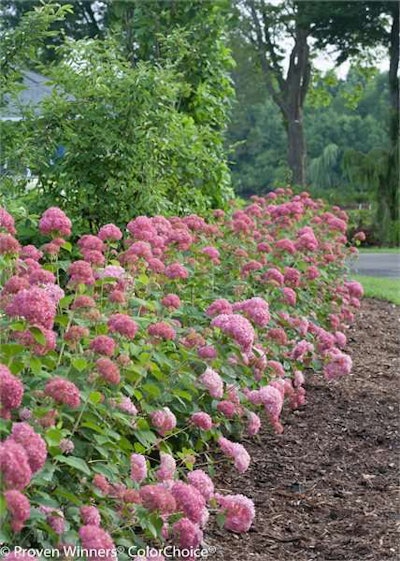 Invincibelle Spirit Smooth Hydrangea
Invincibelle Spirit Smooth HydrangeaPhoto: Proven Winners
Invincibelle Spirit Smooth Hydrangea (Hydrangea arborescens ‘NCHA1’ USPP 20765)
Super-hardy, reliable bloomer with pink flowers. Reblooms. Second generation, Invincibelle Spirit II was introduced this year and boasts even stronger stems and larger flowers. Adaptable to most soils. Grows 36-48 inches tall and wide.
Full sun
Hardy to USDA zone 3
___________________________________________________________________________________
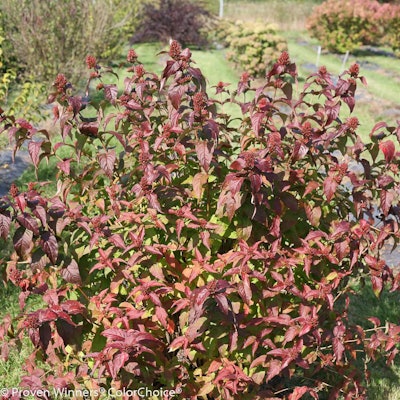 Kodiak Black Bush
Kodiak Black BushPhoto: Proven Winners
Kodiak Black Bush Honeysuckle (Diervilla rivularis ‘SMNDRSF’ USPPAF)
Adaptable and hardy new plant. Striking burgundy-black foliage with bright yellow flowers. Attracts hummingbirds and butterflies. Deer resistant. Grows 36-48 inches tall and wide.
Sun or shade
Hardy to USDA zone 5
___________________________________________________________________________________
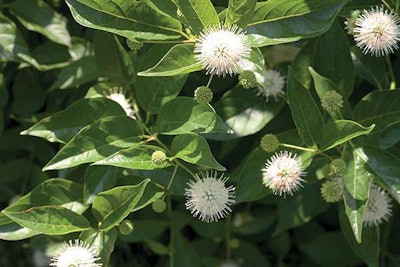 Sugar Shack Buttonbush
Sugar Shack ButtonbushPhoto: Proven Winners
Sugar Shack Buttonbush (Cephalanthus occidentalis ‘SMCOSS’ USPPAF)
Eye-catching button-like white flowers and red fruit. Dwarf size fits in most landscapes. Works well for rain gardens. Grows 36-48 inches tall, 36-48 inches wide.
Part sun to sun
Hardy to USDA zone 4
___________________________________________________________________________________
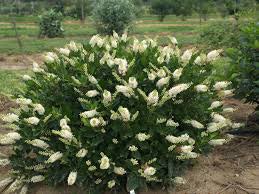 Sugartina ‘Crystalina’ Summersweet
Sugartina ‘Crystalina’ SummersweetPhoto: Proven Winners
Sugartina ‘Crystalina’ Summersweet (Summersweet Clethra alnifolia PP 21561)
Fragrant white flowers in late summer with yellow autumn color. Requires little care and maintains a tight, dense shape. Attracts butterflies. Grows 28-36 inches tall and wide.
Part sun to sun
Hardy to USDA zone 4
___________________________________________________________________________________
TREES
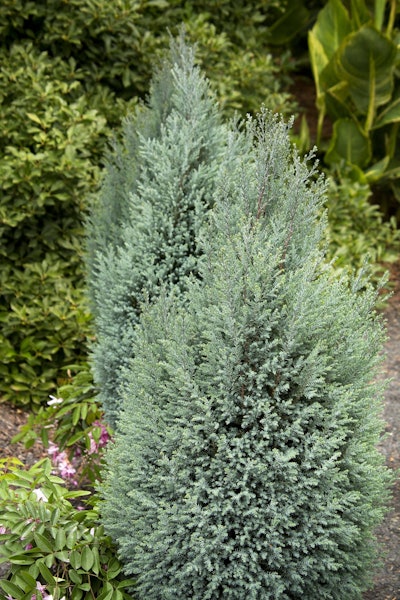 Blue Surprise Port Oxford Cedar
Blue Surprise Port Oxford CedarPhoto: Doreen Wynja for Monrovia
Blue Surprise Port Orford Cedar, Guardian series (Chamaecyparis lawsoniana ‘Blue Surprise’)
Silvery-blue foliage with purplish cast in winter. Disease-resistant to the soilborne pathogen that killed many cedars in recent decades. Grows 6 feet tall, 2 feet wide.
Full sun
Hardy to USDA zone 6
___________________________________________________________________________________
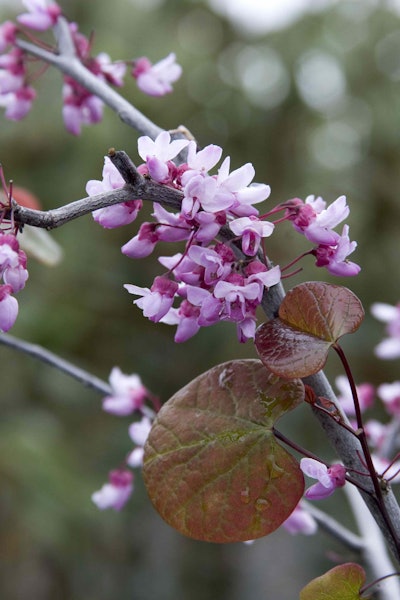 Forest Pansy Redbud
Forest Pansy RedbudPhoto: Monrovia
Forest Pansy Redbud (Cercis canadensis ‘Forest Pansy’)
Tiny purple-red flowers on bare branches in the spring, followed by attractive reddish heart-shaped leaves. Grows 20 feet tall, 25 feet wide.
Full sun
Hardy to USDA zone 5
___________________________________________________________________________________
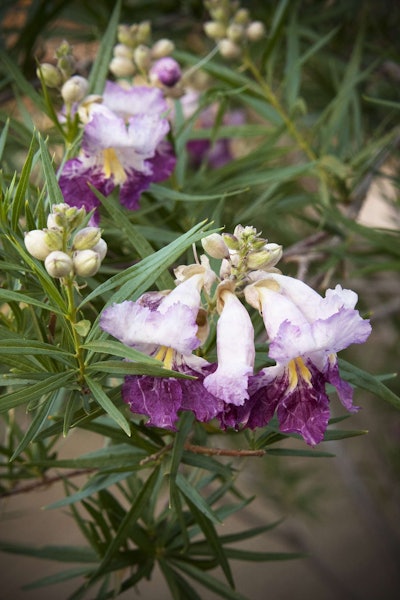 Timeless Beauty Desert Willow
Timeless Beauty Desert WillowPhoto: Doreen Wynja for Monrovia
Timeless Beauty Desert Willow (Chilopsis linearis ‘Monhews’ PP 11078)
Long flowering period but doesn’t set seed. Fragrant burgundy-lavender blooms appear in clusters. Drought tolerant. Grows 15-20 feet tall and wide.
Full sun
Hardy to USDA zone 7
___________________________________________________________________________________
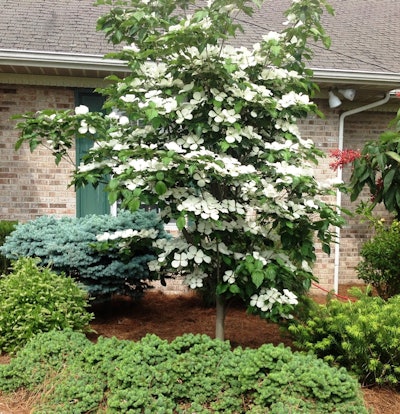 Venus Dogwood
Venus DogwoodPhoto: Monrovia
Venus Dogwood (Cornus x ‘KN30-8’ PP 16309)
New, fast-growing hybrid. Disease-resistant to powdery mildew and dogwood anthracnose. Very large flower bracts 6-8 inches wide. Good fall color. Grows 15-20 feet tall and wide.
Part to full sun
Hardy to USDA zone 5
